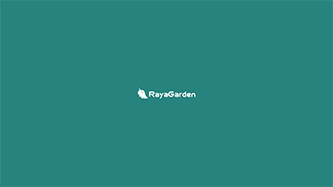Latest Updated
- How to Care for Brazilian Jasmine Plant (Mandevilla Sanderi)
- Boysenberry vs. Blackberry - Are They The Same Thing
- Blackberry Profile
- Blackberry Lily (Iris Domestica) Profile
- How to Propagate Blackberry
- How to Prune Cilantro - Should I Cut Them After It Flowers?
- How to Grow Cilantro?
- Can Java Moss Grow Out Of Water - How to Make It Possible
- How Fast Does Java Moss Grow - How to Make It Grow Fast
- How to Grow & Care for Java Moss
Popular Articles
- Winter maintenance of Antirrhinum Majus
- How to Grow Terminalia Mantaly Tree
- How to Grow and Care for Crossostephium Chinense
- How to grow Antirrhinum Majus in spring
- Peristeria Elata (Dove Orchid) Profile: Info & Care Guide
- How to Care for Brazilian Jasmine Plant (Mandevilla Sanderi)
- Underwatered Snake Plant (Sansevieria Trifasciata) - Signs And How To Fix
- Rosa Chinensis (China Rose): Plant Growing & Care Tips
- How to Grow & Care for Graptopetalum Purple Delight in Summer
- How to Care for Baby Sun Rose (Aptenia Cordifolia)


